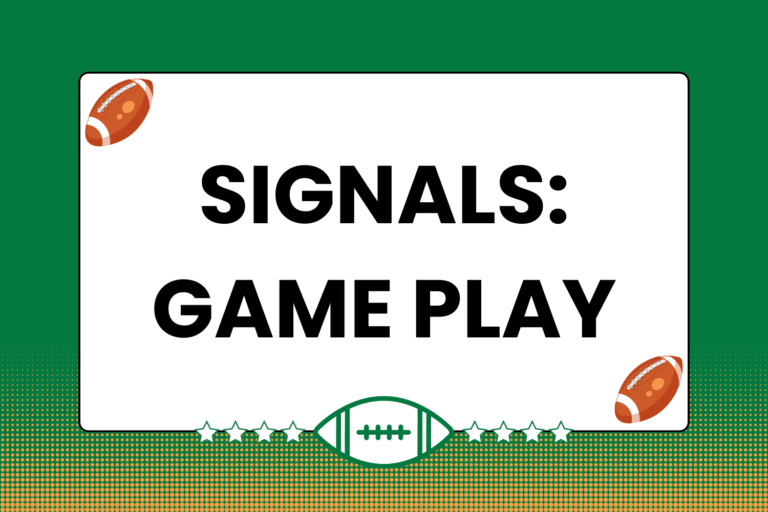It’s important to note that the Right to Contest Possession of the ball exists in almost every area of rugby, and is directly responsible for small battles where both sides fight for the ball. It is in these moments that the ball is literally up for grabs, and they result in either a ruck or a maul. Entire games have been won or lost just based on a team’s performance during rucks and mauls; possession of the ball is ensured by winning these mini-battles.
Here’s an explanation of how mauls are formed, as well as an overview of a variety of strategic elements that can be applied when mauling on both offense and defense.
The Maul
A Maul occurs when the ball carrier runs into a contest, but doesn’t get taken to the ground. And much like rucks, mauls are also similar in nature to a tug-of-war contest, the difference being that someone is stuck in the middle of the tug-of war. If given enough time, mauls can grow in size to the point that they’re essentially the same size as scrums, but more mobile.
A Maul’s Life
Mauls can form very quickly, and can end just as fast. It all depends on the number of players involved, though there are several key events that directly affect how long a maul lasts. Here are the steps involved in starting and ending a maul:
Step 1: Making Contact
The ball carrier is confronted by an opposing player, but doesn’t go down. Instead, the ball carrier turns so his/her back is facing the opposing player. A maul is officially created as soon as three people are involved: The ball carrier, an opposing player contesting the ball carrier, and at least one of the ball carrier’s teammates who binds on to the ball carrier.
Step 2: Both Sides Gather Strength
More players from each team join on the maul, and always by binding on to the last player in the maul. The ball is also moved to the last player attached to the maul, another way mauls are similar in nature to scrums.
Step 3: The Battle Ensues
Both sides continue to drive against each other. The maul continues until the ball is played out, the maul stops moving forward (the direction of ‘forward’ decided by the team that entered the maul with the ball), or the ball (and usually the entire group of players involved) goes to the ground.
A maul only exists so long as the ball carrier stays up, and the ball stays with a player in the maul. If the ball carrier goes to the ground, or the ball leaves the maul, it’s over. Also, if a maul stalemates to the point that neither team advances, the referee can stop it and call for a scrumdown to restart play.
Hot Tip: Winning the Maul
Having the proper form when participating in a maul will make it much easier to win them:
- Players should bind on and quickly get into position like they’re in a scrum: Back straight and almost parallel to the ground.
- Take short, choppy steps rather than long strides to keep the momentum going.
- Mauls are very handy for quickly covering 5 to 10 meters, and are especially useful when close to scoring. One well-timed surge in a maul can easily lead to a try.
Mauling Strategy
Because mauls can very quickly grow to involve half of each team, it’s important to recognize, and quickly capitalize on, any advantage that presents itself. Here is a list of some simple and effective techniques that can provide one team with an edge in the maul:
Bind on a teammate from behind, not to the side:
Players in a maul should want to be in a long, thin formation rather than a short, wide one. This focuses the collective strength of the players involved, and makes it easier to attack the other team at one specific point. A focused point of attack is much more effective than a broad point of attack, as the effort and momentum of all the players involved disperses over multiple locations.
Control lateral movement:
Mauls constantly slide left and right across the pitch, but it’s important to focus on continually moving forward. Players should communicate with each other when this happens, or readjust their position in the maul to reduce the amount of lateral movement.
Rejoining a maul:
It’s common to be in the middle of a maul one moment, then cut loose the next; this is especially common near the point where both teams meet in a maul. It’s perfectly legal to rejoin a maul over and over again, as long as a joining player binds on to the teammate furthest back in the maul; binding on anywhere else will result in an offsides penalty.
Establish the maul in a good position:
A useful way for the ball carrier to enter a contest is to lead with the forearm of the arm not holding the ball (like they’re holding a shield), which acts as a battering ram. The ball carrier can then safely rotate and present the ball to teammates. The arm holding the ball should move so the ball is still firmly secured, but as easily accessible as possible to the nearest teammate.
Defensive Strategy
On the defensive side of a maul, there aren’t many options. The goal is to end the maul before the offense can advance the ball much, but because the offense can continuously move the ball from player to player, this can be difficult.
However, there’s always one thing defensive players should look for when involved in a maul: The position of the ball carrier. The ball carrier must be completely bound onto a teammate with one arm. Not doing so will result in a penalty. There are two ways this can be useful:
- If you notice the ball carrier is not bound on, he/she is not technically part of the maul. Go around the players in the maul and tackle the ball carrier.
- Call the referee’s attention to the fact that the ball carrier is not bound to the maul properly, and hope for a penalty called on the ball carrier.
Both possibilities are subject to the referee’s discretion. Be very careful with both of them, especially with how you call the ref’s attention to the possibility of the ball carrier not being bound to the maul properly.
Mauling Matters
The outcome of many rugby matches has been directly impacted by one team’s ability to consistently win mauls. Though they’re not the only parts of the game that require study and improvement, mauls are how teams may exercise their right to contest possession of the ball. Therefore, mauls require more effort and attention. The better a team is at both keeping and taking possession of the ball, the greater the chances are of that team winning rugby matches.





